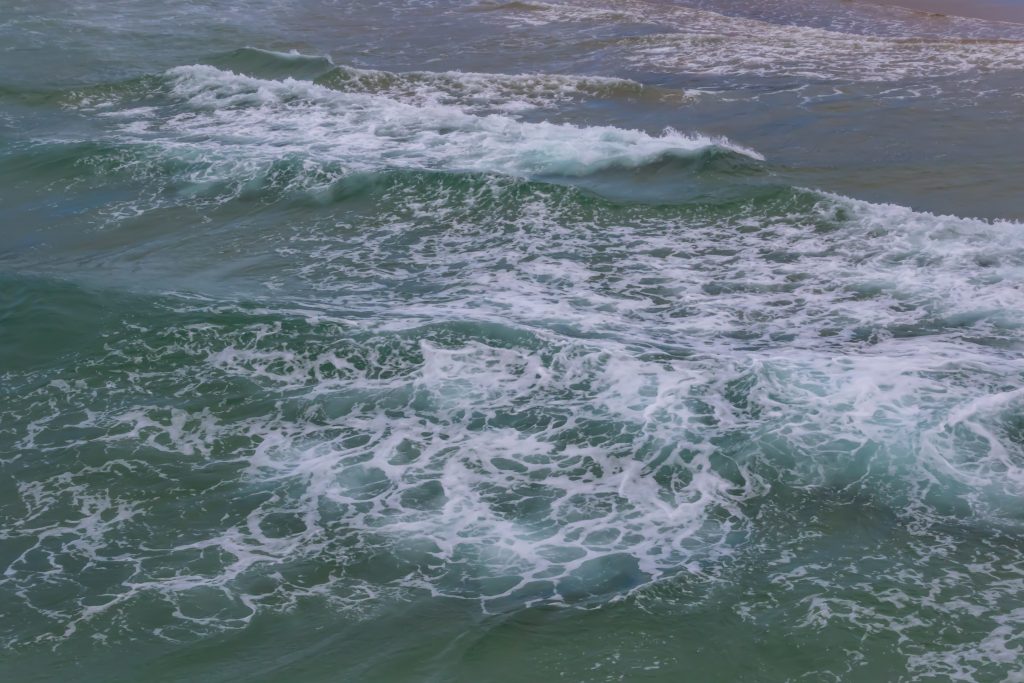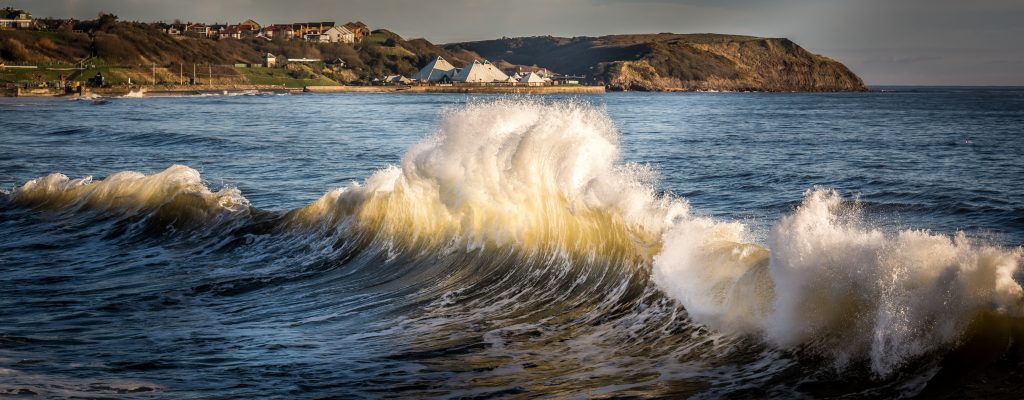High tide and low tide – you’ve surely heard the terms, but you may not know exactly what they mean, and how they affect your ability to fish in the ocean. Well, you’re not alone. So in this article, we’ll explain tides for fishing in-depth, and give you the information that you need to make sure you can land a “big one” next time you go fishing on the beach!
What Is A “Tide”, And What Causes It?
Okay, before we start discussing the best tides for fishing, we need to define what a tide actually is, and what causes it.A “tide” is a fluctuation in the water level that is caused by the Moon. Believe it or not, the gravitational forces of the Moon actually interact with the water on Earth, “pulling” it outward.
The Earth rotates 180 degrees in 12 hours (naturally, since a full day is 24 hours). In addition, the moon also rotates around the earth at a rate of 6 degrees every 12 hours. To simplify things, this means that a high tide will occur about every 12 hours and 25 minutes, because this is when the moon will be the closest to any given part of the Earth. In addition, the Moon’s orbit fluctuates somewhat, as it rotates around us in a 27.5 day cycle. Tides are higher and lower based on how close it is to the earth.

Where Are Tides The Strongest?
Okay, now that you know how tides work, let’s discuss some more of the basics about them. Tides are the strongest where the water level is low – in shallow areas like harbors, bays, and estuaries, as well as islands and reefs. In these areas, parts of the land may dry out entirely when the tide is low, and become saturated with water when it’s high.

Do Tides Affect Fishing? How?
Yes, they do! When the tide goes out, fish tend to retreat to deep water, and when it comes in, they may come back to previously dry areas in search of food. Basically, this means that you need to find a deeper area to fish when the tide is low – you’re unlikely to catch many fish close to the shore. And the opposite is true when the tide comes in. More fish are likely to come back to the shallower areas in search of food.

What Are The Best Tides To Fish?
It’s best to fish moving tides. You don’t want to fish when the tide is at its highest or lowest – but when it’s between these stages. Incoming tides are great for fishing. When the water level is rising, and water is coming in from the ocean, fish “ride” this current into shallower areas in search of food. This means you can get quite a few bites if you find a reasonably deep area of water when the water is coming in! You can also fish the outgoing tide, especially if you find a small estuary or other shallow channel where fish will be swimming when they are heading toward deeper waters.
Avoid Slack Waters – Know When To Fish The Changing Tides!
While it’s not impossible to catch fish when the water is “slack”, and stopped, it’s quite difficult! So understand the tides, and when to fish the incoming and outgoing tides, to ensure you get the best results when tides for fishing on the beach!
